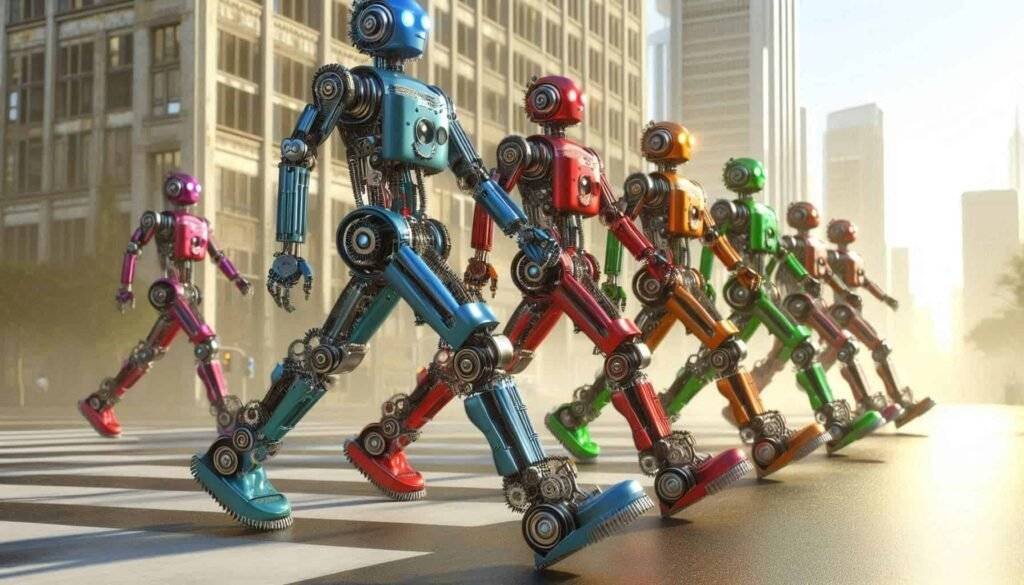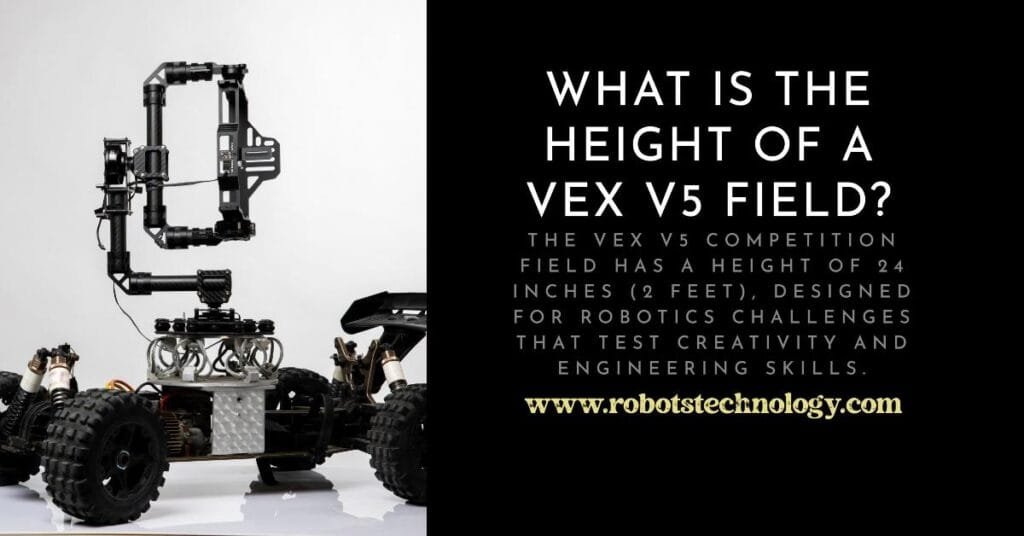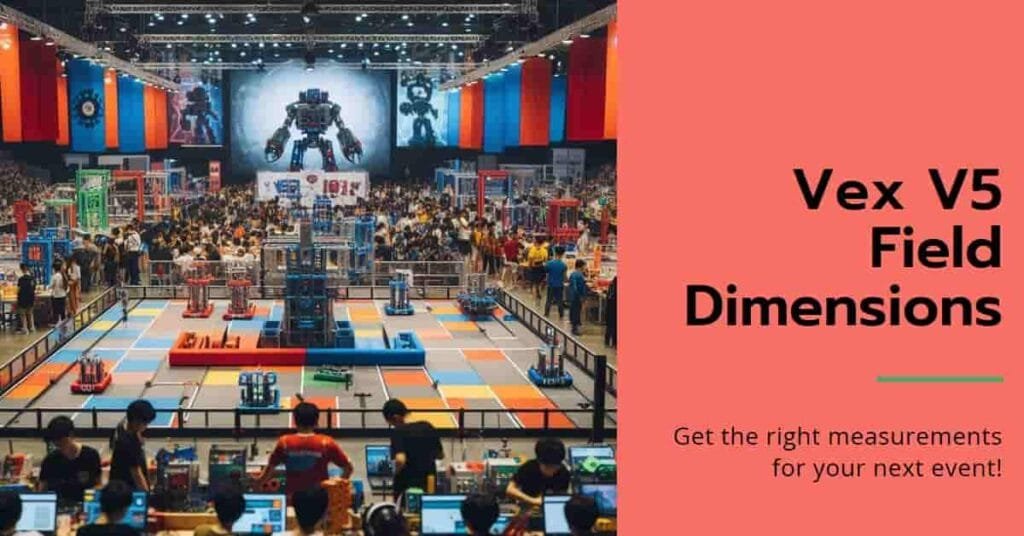robotic stride Designed sounds called SFX replicate the motion of mechanical entities. Depending on the robot’s construction and intent, sound fx footsteps of robots can be clunky, whirring, clanking, or humming, unlike human footfall—which usually have a rhythmic “heel-toe” sound.

These sounds let viewers easily identify a robot’s existence and traits. A small, nimble robot’s footfall might be light and quick, thus suggesting accuracy and stealth; a towering industrial robot’s footsteps might roar, so expressing power.
Why Robot Footstep Sounds Matter
A rsound fx footsteps of robots can create the atmosphere and let viewers know its weight, composition, and intent. Imagine a scene in a science fiction film whereby a huge metallic robot walks across a vacant hall. This scene could lose some of its impact without strong, explosive footsteps. Footfall noises enhance immersion by enabling viewers to experience the presence of a character often entirely digital.
READ ALSO: Video Streaming Technology Trends
Different Types of Robotic Footstep Sounds
Heavy Industrial Robots
Often utilized in industries or for military operations, heavy industrial robots—like those used in manufacturing—have strong, dramatic sounds to represent their weight and scale. Deep thuds, echoing metal clangs, and hydraulic “whistle” sounds that replicate their huge, mechanical character can all be found in these feet.
Lightweight Agile Robots
Lightweight robots meant to be quick and adaptable include drones or robotic scouts. Their footfall sounds are sometimes high-pitched, fast, subdued. Combining elements like subtle taps, servo motor sounds, and fast clicking creates the image of a compact, nimble machine.
Humanoid Robots
Humanoid robots are sometimes made to walk or run like humans, therefore their footfall may resemble human ones but with a clear metallic or synthetic twist. They might have a “heel-toe” rhythm and use subdued clinks or a faint hum of servos to set them apart from human footfall.
Fantasy Robots
Fantasy robots are those that either defy any reasonable design standards or might not exist in the real world. These robots can have quite imaginative steps that combine surprising components like sci-fi hums, electric zaps, or even musical tones. This category lets one imaginatively interpret robotic movement.
Common Tools and Techniques for Creating Robot Footstep Sounds
Real robotic footsteps call for the correct equipment and methods. To create original effects, sound designers frequently combine digital software, real-world items, and sound libraries. Here are few often used instruments:
- Digital Audio Workstations (DAWs) Like FL Studio, Ableton Live, and Pro Tools.
- Synthesizers Regarding whirring sounds, beeps, and electronic hums.
- Sound libraries including recorded mechanical and metallic sounds.
- Contact microphones to record minute motions in practical things
Digital vs. Practical Sound Effects
Digital Sound Design
Robotic footfall sounds can be created and altered flexibly with digital sound design. Designers can layer sounds, change pitch and speed, and apply effects such reverb and distortion using programs like Ableton or Pro Tools to produce distinctive footfall. Essential for matching footsteps to action on screen, digital design also makes volume and intensity simpler adjustments possible.
Recording Practical Footsteps
Recording practical footsteps is catching actual sounds produced by physical items. For hefty robotic footsteps, for instance, hammering a metal surface or treading on a big sheet of aluminum can provide clanking noises appropriate for Since actual textures usually offer an organic layer difficult to imitate digitally, this method can give the sounds credibility and grounding.
The Process of Layering Sounds
Realistic depth and accuracy in robotic footfall SFX depend on layerings. Usually, footsteps combine numerous layers instead of a single sound:
- Primary impact sound: The primary thud or clang to portray the foot making ground contact.
- Secondary elements: Small clinks, whirrs, or servo sounds provide mechanical detail.
- Environmental echoes: Whether it’s an expansive field or a metallic hallway, reverberation creates the impression of space.
Careful mixing of these layers allows sound designers to create an immersive effect that improves the robot’s impression on the observer.
The Role of Environment in Robot Footstep SFX
The robot’s footfall sound can be much influenced by the ground or surface it walks on. various surfaces produce various final sounds:
Metallic Surfaces
Footfall on metallic surfaces often sounds more resonant and harsh. A robot’s metal footfall could represent an industrial atmosphere by including higher-pitched resonances and echo effects.
Concrete and Gravel
If there is dust or gravel on the surface, concrete can produce a strong, solid impact sound with a little crunch. Gravel gives an uneven, gritty texture that might be combined with the robot’s basic footfall sound to suggest an outdoor or rough terrain environment.
Soft or Unstable Grounds
Soft surfaces like sand or soil can mask the robot’s footfall, thus designers must include subdued compressive or rustling sounds. On dirt, footfall may also include suction or squelching sounds, which would give the robot’s movement weight and more work-intensive sensation.
Tips for Creating Realistic Robotic Footstep Sounds
Although it might be difficult to create robotic footsteps that appeal to viewers, these ideas help to simplify things:
- Experiment with everyday objects: When pushed or swung metal tools, springs, and pipes can produce an unexpected spectrum of mechanical noises.
- Combine organic and synthetic sounds: An interesting robotic effect can be produced by stacking synthetic whirrs or hums over real noises like walking on gravel.
- Focus on timing: Robotic footsteps often have a perfect cadence. Verify that every step’s timing matches the robot’s desired speed.
- Adjust pitch and tempo: Changing pitch and tempo indicates a change in the robot’s speed or helps distinguish tiny from large robots.
- Consider the robot’s weight and material: While lightweight robots gain from high-pitched clicks or taps, heavier robots might call for lower-pitched, more resonance sounds.
Conclusion
writing robotic footfall SFX is art as well as a science. Sound designers may provide interesting and engaging robot noises that appeal to viewers by knowing the kinds of robotic footsteps, applying the appropriate tools, and experimenting with layering and ambient aspects. Every kind of robot—from a tall industrial bot to a quick scout—offers various sound design choices, which give the narrative complexity and character.
Frequently Asked Questions (FAQs)
1. How can I make a robot’s footsteps sound heavy?
Use low-pitched, resonant sounds and gently add reverb to replicate the impact to give a robot’s footfall weight. Another sensation of weight can come from layering deep metallic clanks.
2. Can I create robotic footstep sounds using only digital tools?
Indeed, most robotic footfall noises can be replicated by digital tools—especially if you have a rich collection of mechanical and metallic samples. Also adding distinctive electronic textures are synthesized sounds.
3. What’s the best surface for recording practical robotic footstep sounds?
Recording practical noises is best done with concrete slabs, pipelines, and metal sheets. Stepping on or striking these materials will create the harsh, clanking sounds defining robot footsteps.
4. How do environmental sounds affect robotic footsteps?
Environmental sounds, like echoes or reverb, can change the perception of a robot’s footsteps by adding spatial context. Footsteps on metal sound different from those on gravel, giving a sense of place and material.
5. Do humanoid robots have different footstep sounds than other types?
Indeed, humanoid robots often have noises more like human footfall, but they sometimes incorporate mechanical elements like servo buzzing or subdued metallic clinks to indicate their synthetic character.


